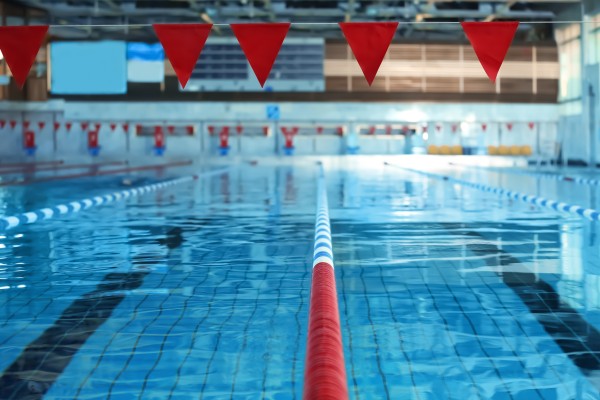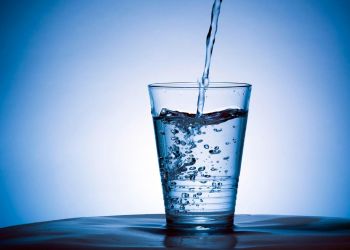February 23, 2023 | 2:00 – 3:00 PM ET
Trichloramine (NCl3), also known as nitrogen trichloride, is a disinfection byproduct found in chlorinated swimming facilities. Exposure to its gas phase has been linked to asthma and can irritate respiratory airways, skin, and eyes; it can also cause the corrosion of metals in aquatic facilities. Trichloramine and other chloramines first form when chlorine binds with the body waste of swimmers (e.g., sweat and urine), especially in indoor aquatic venues. It can build up in the air when a pool’s surface is disturbed (such as when individuals swim) and when there is a limited amount of fresh air moving through an aquatic facility.
The processes that are responsible for the transfer of trichloramine from the liquid to the gas phase are known and can be simulated. In this webinar, Dr. Blatchley will provide an overview of these processes, measurements of trichloramine dynamics, and a mathematical model to describe trichloramine dynamics in the gas phase of an indoor pool. A similar model based on carbon dioxide will be presented; this model illustrates important similarities and differences in the dynamics of gas-phase trichloramine and carbon dioxide in indoor pool facilities. Along with physical measurements, the model also suggests the potential for use of ventilation control based on gas-phase carbon dioxide as a strategy for control of gas-phase trichloramine. Webinar attendees will learn the importance of taking steps to prevent gas-phase trichloramine production in their indoor pool facilities in order to protect the health and safety of their swimmers and the durability of the facility itself.
For any questions about the webinar, please email [email protected].
About the Speaker

Ernest R. Blatchley III is a Lee A. Rieth Professor in Environmental Engineering at Purdue University, where he holds a joint faculty appointment in the Lyles School of Civil Engineering and the Division of Environmental & Ecological Engineering. Professor Blatchley conducts research in the broad area of Physico/Chemical Processes of Environmental Engineering. The chemistry and dynamic behaviors of swimming pool water and air have been focal points of research in his group for roughly 20 years.






